1 of 3 New Orleans-Area Residents Say They’re Threatened by Floods, Other Disasters
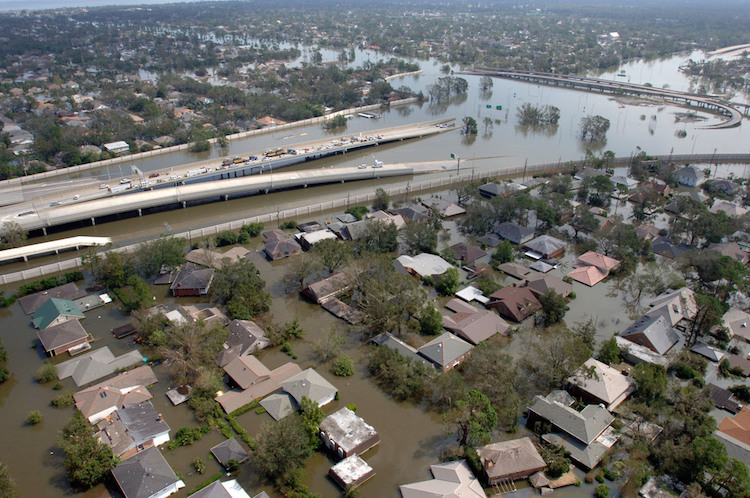
by John Egan
February 28, 2017
Flooding looms as a danger for one of every three homes in the New Orleans, LA, metro area. Well, at least that’s what local residents believe.
In the 2015 American Community Survey from the U.S. Census Bureau, 33.1 percent of households in the New Orleans area reported their neighborhoods are at high risk of floods or other disasters. In the risk-of-disaster category, that was the highest percentage among the 25 major metro areas surveyed, a LawnStarter data analysis found.
Flooding is the No. 1 natural disaster in the U.S., and the New Orleans area definitely isn’t immune to it. The prime example of that is Hurricane Katrina. The costliest hurricane in U.S. history struck the region in 2005, causing more than 1,800 deaths and $151 billion in property damage throughout the Gulf Coast region, according to the Census Bureau. Flooding triggered the bulk of Katrina’s destruction.
New Orleans resident in need of lawn care? Visit our lawn care New Orleans page.
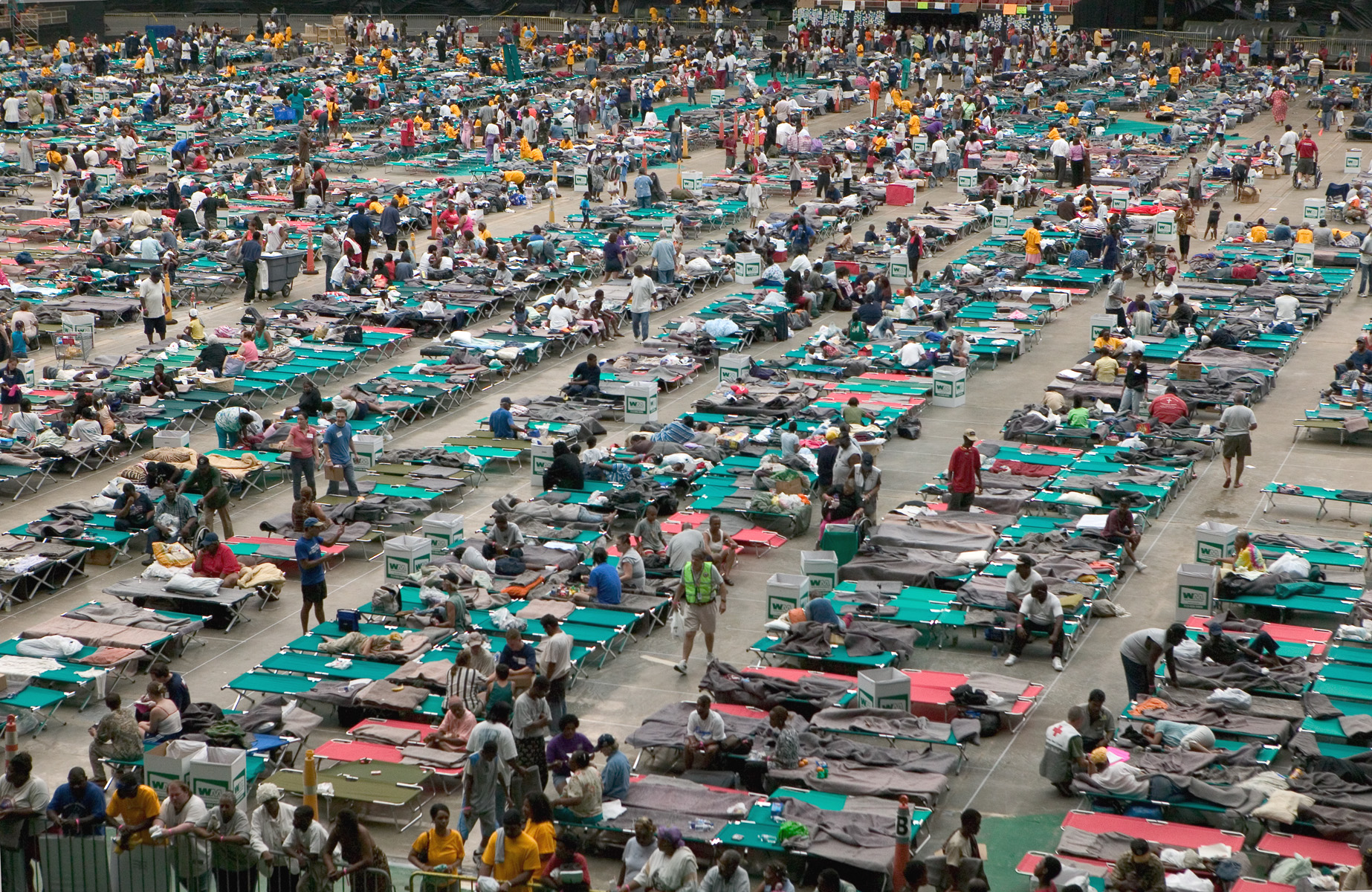
Thousands of Hurricane Katrina survivors sought shelter in the Houston Astrodome.
Photo: Andrea Booher/FEMA
Post-Katrina Improvements
Fortunately, the levee system around New Orleans -- which was fortified after Katrina -- now protects many homes from all but the worst hurricanes, according to CoreLogic, a provider of property analytics and data.
“The levee system in and around New Orleans is one of the most extensive in the world,” says Tom Jeffery, senior hazard risk scientist at CoreLogic. “After Hurricane Katrina in 2005, upgrades were planned for the network of levees and pumping stations to reduce the potential devastation from future storms.”
Further good news: Nearly 60,000 single-family homes in New Orleans have been removed from federally designated high-risk flood zones. The Federal Emergency Management Agency took that action in 2016, meaning properties stripped of this designation no longer must carry flood insurance.
“That is absolutely a great victory, and it represents to us that the federal government is very comfortable in our level of [flood] protection,” Jared Munster, director of safety and permits for New Orleans, told NPR.
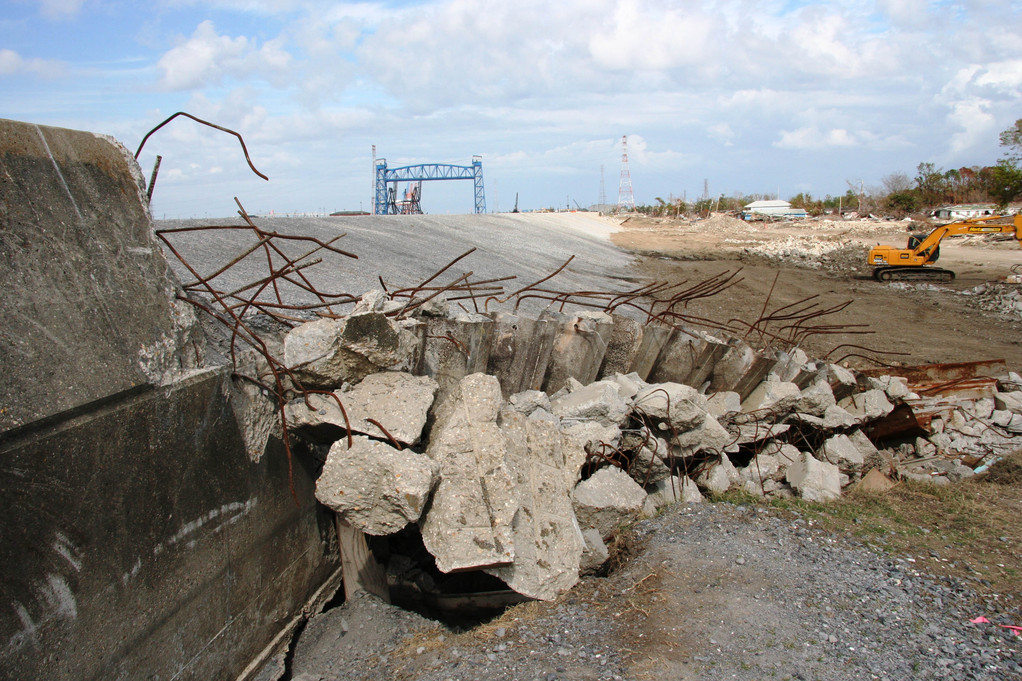
Hurricane Katrina damaged levees throughout the New Orleans area.
Photo: FEMA/Barb Struner
Lingering Concerns
Still, more than 390,000 homes in the New Orleans area remain at risk of hurricane damage, according to CoreLogic. The cost to replace those homes would exceed $94 billion, CoreLogic says.
Just as concerning: There’s “no meaningful difference” in flood danger between FEMA’s high-risk and low-risk flood zones, according to an analysis by Intermap Technologies, which specializes in location-based data, of 14,000 properties along the East Coast and Gulf Coast. In other words, people in the New Orleans area shouldn’t let their guard down when it comes to potential flooding.
“People need to understand that just because a piece of paper says you’re going to be safe, that does not mean that you are going to be safe,” Munster told NPR.
Want to see how New Orleans’ risk-of-disaster perceptions compare with those in 24 other major metro areas? Check out the graphic below.
Embed this graphic onto your site! (copy the code below)
Top Photo: FEMA/Jocelyn Augustino
LawnStarter makes lawn care easy throughout New Orleans and Baton Rouge. Click your location below to see service offerings in your area.
Related Posts
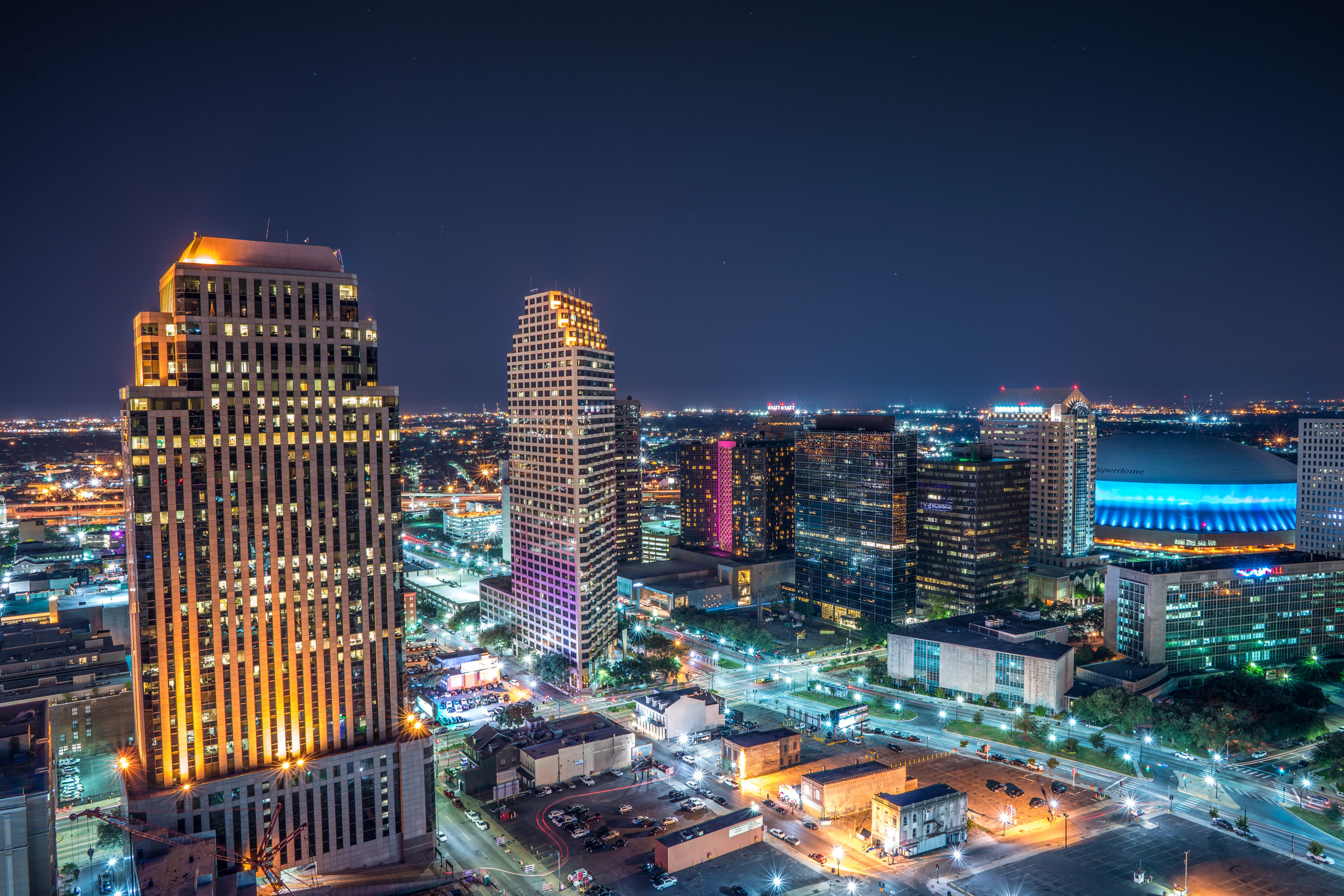
Which Metro Areas Send the Most New Residents to New Orleans?

New Orleans Is Cockroach Capital of the U.S.
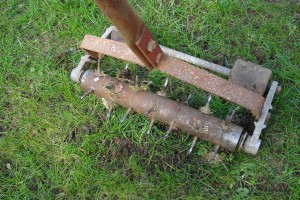
Eco-Friendly Lawn Care Tips for New Orleans, LA Homeowners
LawnStarter is New Orleans' most convenient lawn care service
Easy 5 minute booking
New Orleans' top-rated lawn pros
Online account management